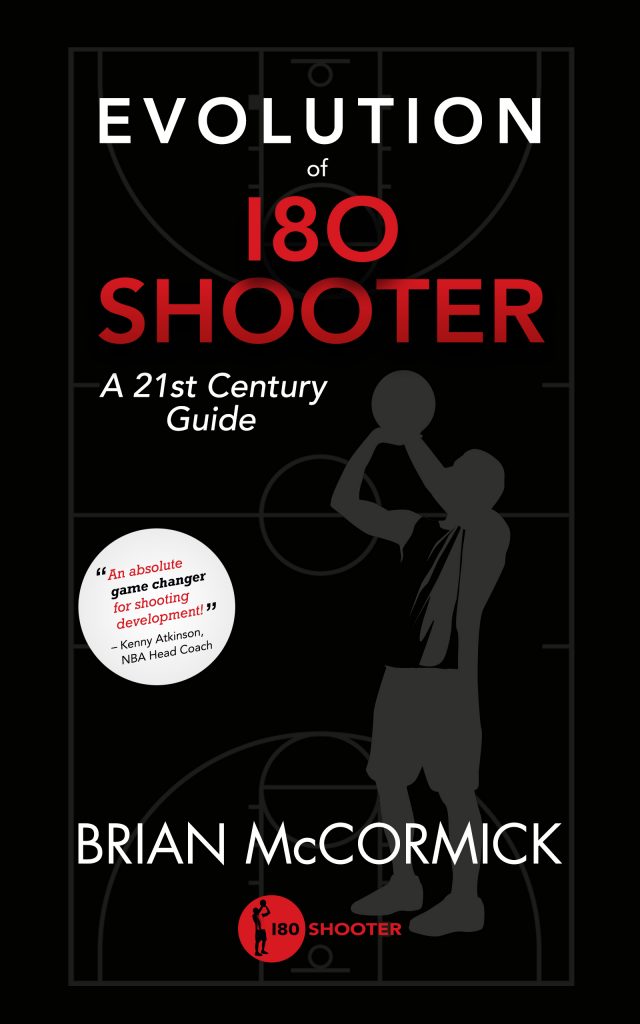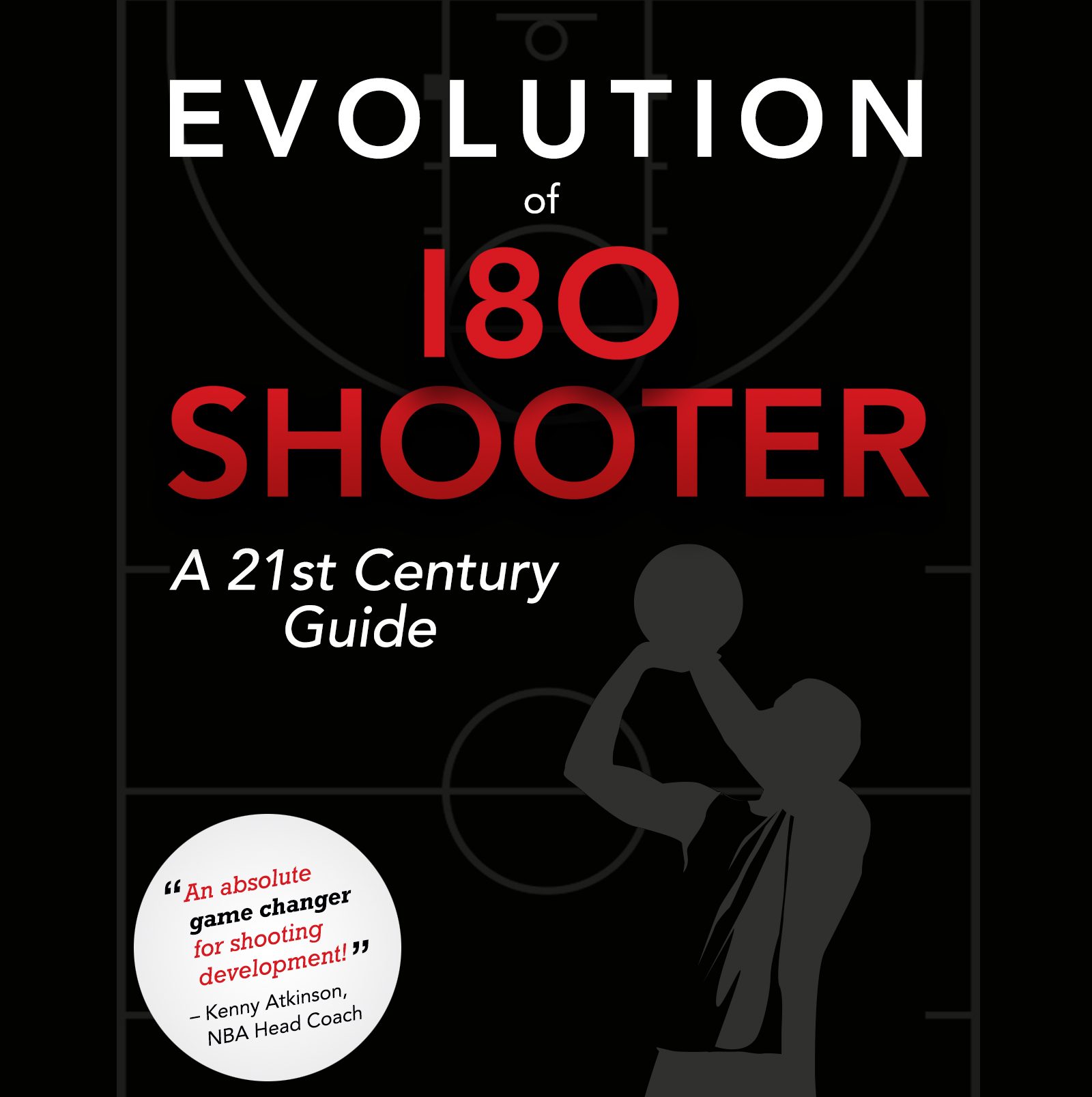Imagine coaching a player who shot 33% from the 3-point line last season and you are offered a choice: Shoot 80% in practice and improve to 35% in games or shoot 50% in practice and improve to 39% in games. Which do you choose?
The choice appears obvious. Everything else being equal, you prefer the player who shoots the higher percentage during games. However, what if you are a private coach and not associated with the player’s team? Does that change your methods?
Melo has the offseason record of 88/100 shooting in the Black Ops Basketball 100 drill 🔥
(via IG / @Cbrickley603) pic.twitter.com/wxvtZzqQoK— Dime (@DimeUPROXX) November 5, 2020
Continually, on social media, private shooting coaches post videos such as the one above and brag about the player’s practice shooting percentages. Carmelo Anthony is a career 35% 3-pt shooter whose percentages peaked during the 2013-14 season at 40% (via Basketball Reference). Carmelo worked out in our gym in the summer of 2017, and his workout was very much like the video above: No defense, relatively slow, blocks of shooting.
If players continually shoot >80% in workouts, and 35% in games, why engage in the same practice? Why not try other practice? (First, I imagine that Carmelo engages in some real practice that does not make it onto Instagram and Twitter. Second, part of training NBA players, and retaining clients, is often about doing what the player wants to do, so this may be more theoretical, or only applicable to amateur players where the coach/trainer has a little more control/authority).
Head coaches are evaluated by won-loss records. Ultimately, the coach does not care what the practice looks like as long as the player shoots well during games, as higher shooting percentages lead to more wins.
Private coaches are evaluated differently. These videos are marketing for their brands, not instructional videos. The private coach has no control over the game shooting percentages. The private coach can illustrate the player’s successful shooting in private sessions, and demonstrate that the private coach has done his job: See, he shoots very well and almost never misses.
The head coach is ultimately responsible for all aspects of performance. If a player’s shooting percentage falls, is it due to confidence? fatigue? shot selection? poor play design/lack of open shots? poor passes from teammates? technique? practice design? Regardless of the cause, the head coach is ultimately responsible. The head coach cannot blame practice design for the player’s shooting percentages because he designs the practice; the head coach cannot blame a stagnant offense or lack of open shots because he calls the plays; the head coach cannot blame fatigue because he distributes the minutes. Any explanation falls under the purview of the head coach, unless the head coach decides to throw the player under the bus and blame poor shot selection, selfishness, poor practice habits, etc.
Now, the private coach is really only responsible, as much as anyone is responsible for another person, for two things: offseason practice design and possibly technique. When the private coach posts these videos of 80-90% shooting, he demonstrates that there are no technique issues. Also, because he shoots so well, practice must be effective. After all, the goal is to make shots, and he makes shots. The problem, therefore, is not with the private coach or the offseason practice.
Instead, a private coach (and not implying this about this coach, but I see others on social media and have known others in real life) can blame the head coach for how the player is used or the shots that are created for the player or playing time or whatever. The private coach avoids blame, and in the process, markets himself to other clients.
The point, of course, is that practice is not a marketing opportunity, and practice improvement and performance does not matter unless it transfers to game performance. We measure practice’s success with game results.
Too many coaches, private and team coaches, organize practice for an audience, not for game results. They focus on made shots, not transferable practice. They strive for efficiency, not effectiveness.
At minimum, a game-like shot requires a passing option and a defender. Defense affects shooting; the decision to shoot affects shooting percentages. Drills missing these components have limited transfer to game performance, as evidenced by the precipitous drop in percentages from practice to games.
At the beginning, I imagine most coaches answered that they would accept lower shooting percentages in practice if it led to better shooting percentages in games. However, if that is true, why do so many shooting coaches and head coaches organize shooting drills to maximize practice shooting percentages, not to improve game shooting percentages?
For more along these lines, check out Evolution of 180 Shooter: A 21st Century Guide, which is largely inspired by the above situation.

